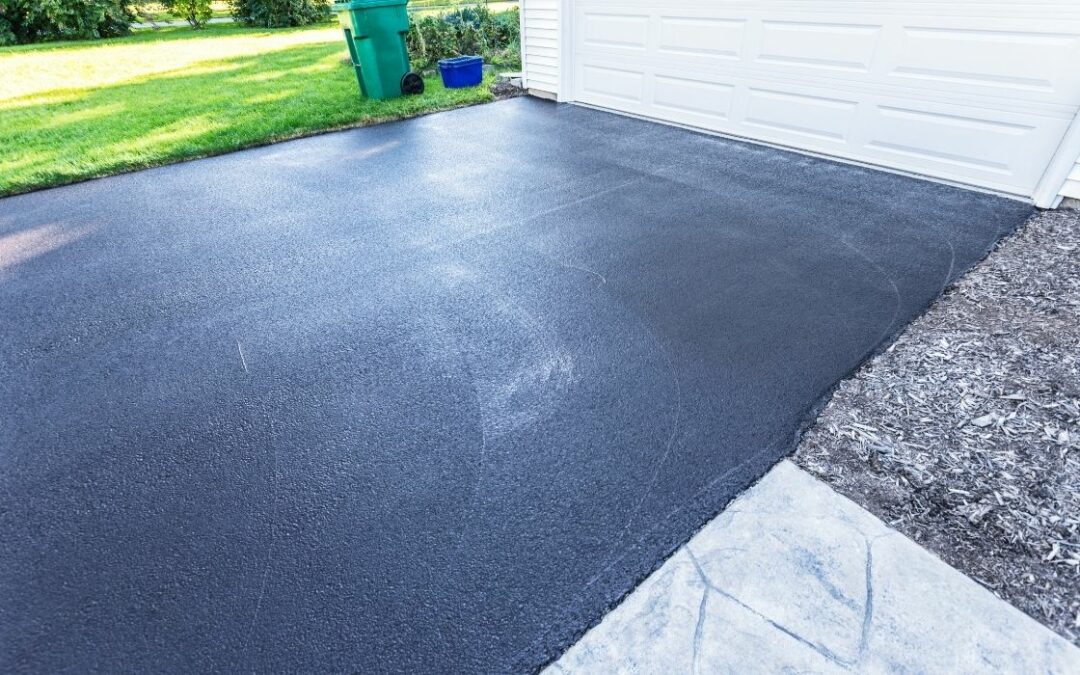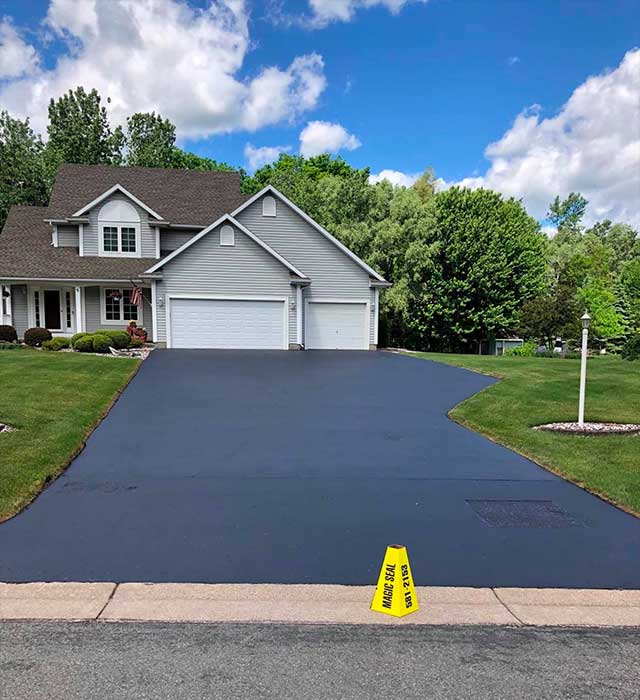Warm Mix Asphalt: A Lasting Option for Sidewalk
Hot Mix Asphalt (HMA) has emerged as a leading sustainable choice for sidewalk services, supplying a myriad of ingenious innovations and ecological advantages. As the demand for green construction techniques expands, checking out the nuances of HMA's sustainability can supply important understandings into the future of sidewalk services.
Ecological Benefits of Hot Mix Asphalt

Furthermore, Hot Mix Asphalt helps to minimize urban warmth island effects. Its dark shade takes in sunlight, minimizing the amount of warm mirrored back into the environment contrasted to lighter-colored sidewalks. This can lower ambient temperature levels in metropolitan locations, decreasing the demand for air conditioning and inevitably minimizing energy consumption.
Furthermore, Warm Mix Asphalt adds to boosted stormwater monitoring. Its permeable nature permits water to infiltrate the sidewalk and charge groundwater supplies, minimizing runoff and the danger of flooding. These ecological advantages make Hot Mix Asphalt a lasting choice for paving highways and roads.
Energy Effectiveness in HMA Manufacturing
Is power effectiveness an important aspect in the production of Warm Mix Asphalt (HMA)? Power plays a substantial duty in the production of HMA, impacting both price and environmental sustainability. One vital element of energy performance in HMA manufacturing is the use of warm mix asphalt (WMA) modern technologies.
Moreover, improvements in plant modern technologies have led to even more energy-efficient HMA production procedures. Modern plants are created with functions like recycled asphalt pavement (RAP) processing capacities, efficient heater systems, and enhanced insulation, all contributing to power financial savings. By enhancing power use in HMA manufacturing, the industry can minimize its carbon footprint while preserving top quality pavement products. Energy effectiveness is, as a result, an important factor to consider in ensuring the sustainability of Warm Mix Asphalt manufacturing.
Recyclability of Hot Mix Asphalt
The recyclability of Warm Mix Asphalt (HMA) is a pivotal element of its sustainability and long-term ecological influence. HMA is one of the most recycled products in the USA, with over 100 million lots of reclaimed asphalt pavement (RAP) being reused every year in brand-new sidewalk building and construction. Reusing HMA offers a number of ecological advantages, such as lowering the requirement for virgin products, decreasing power consumption during production, and lowering the amount of waste sent to landfills.
The process of recycling HMA involves grating the existing pavement, crushing it into smaller sized pieces, and blending it with new accumulation and asphalt binder to develop a recycled mix. This recycled mix can frequently do along with or perhaps better than traditional HMA, while requiring fewer raw materials and creating lower greenhouse gas discharges. By including RAP into brand-new sidewalk jobs, roadway companies can conserve natural resources, decrease costs, and reduce the ecological impact of roadway building and construction and upkeep tasks. Generally, the recyclability of HMA plays a significant function in promoting sustainable practices within the pavement sector.

Long-Term Performance of HMA
Asphalt sidewalks demonstrate sturdiness and strength over an extensive duration, mirroring the long-term efficiency of Warm Mix Asphalt (HMA) The durability of HMA can be connected to its capacity to hold up against heavy web traffic tons, extreme climate problems, and the results of aging. Research studies have actually revealed that properly designed and effectively created HMA sidewalks can last for twenty years or more with routine maintenance. The secret to optimizing the lasting performance of HMA lies in utilizing top notch materials, complying with best practices in construction, and implementing effective upkeep approaches. Appropriate drain, routine assessments, and timely repair services are essential for preserving the structural honesty of HMA sidewalks with time. Furthermore, developments in HMA technology, such as using polymer-modified binders and warm mix Click This Link asphalt, have actually better improved the sturdiness and longevity of HMA sidewalks. By prioritizing top quality building and maintenance techniques, HMA proceeds to prove itself as a lasting and economical service for durable pavement framework.

HMA: Toughness and Sustainability
Showing both resilience and sustainability, Warm Mix Asphalt (HMA) has actually come to be a foundation in the construction of resilient pavement frameworks - angled parking. HMA's sturdiness stems from its capacity to endure hefty tons, harsh weather, a knockout post and high website traffic volumes, making it a dependable choice for roads, highways, and flight terminal runways. The make-up of HMA, which usually consists of aggregates, binder, and filler, plays a crucial function in enhancing its long life and resistance to deterioration
Furthermore, HMA's sustainability exists in its recyclability and energy-efficient manufacturing process. The capability to reuse recovered asphalt pavement (RAP) in new HMA blends lowers the demand for virgin products and lessens the ecological impact of sidewalk building and construction and maintenance. Furthermore, the energy performance of producing HMA hinges on its lower mixing temperature levels contrasted to other sidewalk materials, causing lowered power intake and greenhouse gas emissions.
Final Thought
Finally, warm mix asphalt (HMA) supplies a lasting remedy for sidewalk with its eco-friendly qualities. HMA's recyclability, power efficiency in production, and lasting durability make it a green selection for roadway building and construction. By preserving all-natural resources, decreasing waste, and reducing greenhouse gas emissions, HMA plays an essential role in promoting sustainability in framework development. Its ability to alleviate urban heat island effects further underscores its value in producing eco mindful and durable sidewalk systems.
HMA is one of the most recycled products in the United States, with Read More Here over 100 million lots of reclaimed asphalt sidewalk (RAP) being recycled every year in brand-new sidewalk construction.The procedure of recycling HMA involves milling the existing sidewalk, crushing it right into smaller items, and mixing it with new accumulation and asphalt binder to create a recycled mix.Asphalt pavements demonstrate resilience and strength over a prolonged duration, reflecting the long-lasting performance of Warm Mix Asphalt (HMA) Additionally, developments in HMA modern technology, such as the use of polymer-modified binders and cozy mix asphalt, have actually further improved the toughness and longevity of HMA pavements. The capacity to reuse redeemed asphalt pavement (RAP) in brand-new HMA mixtures decreases the need for virgin products and decreases the environmental influence of pavement building and upkeep.